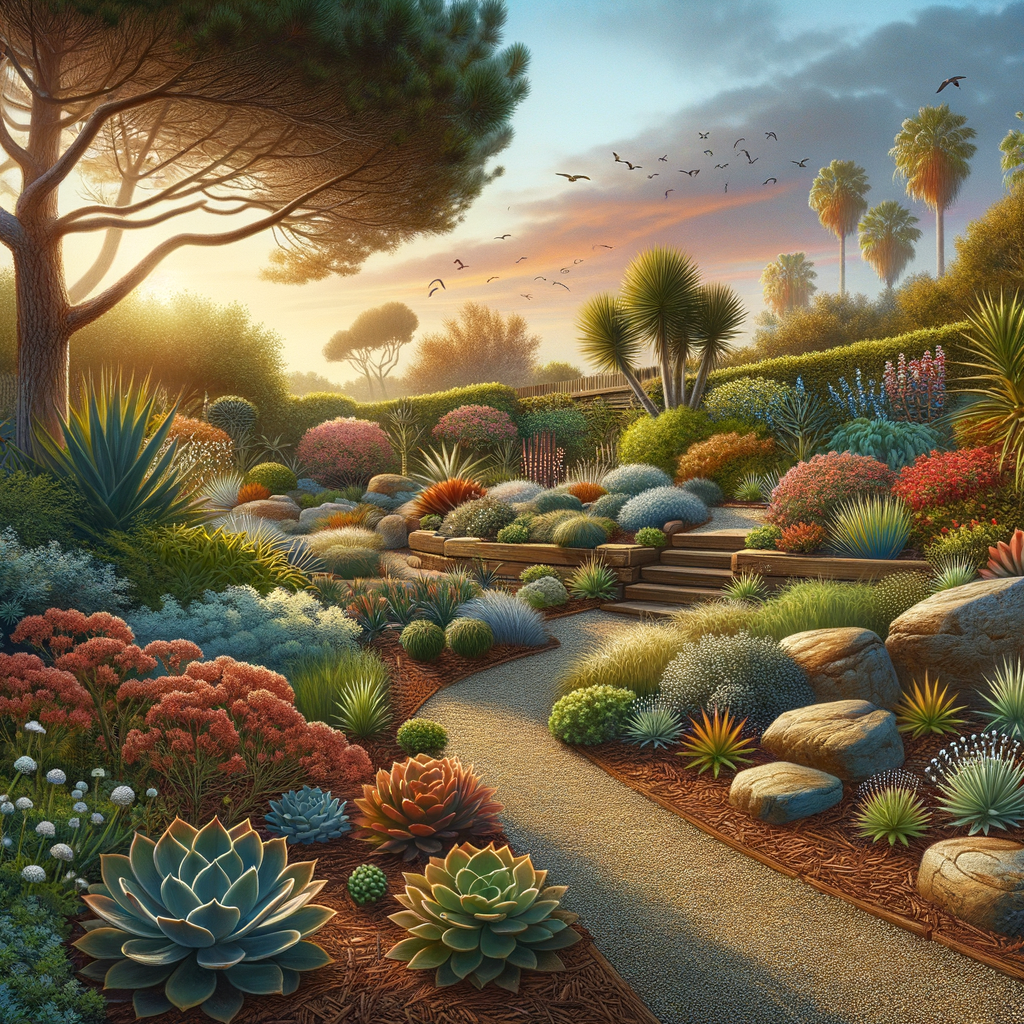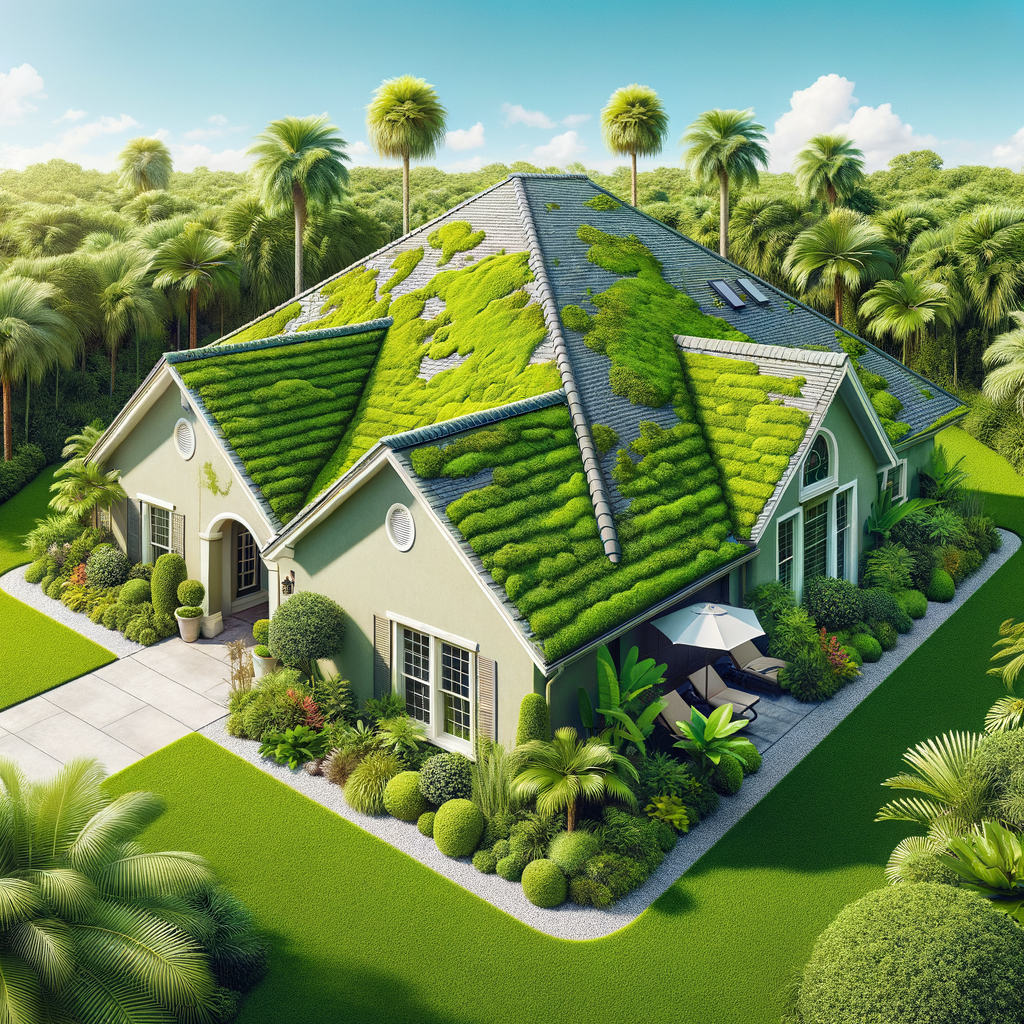Urgent Need for Water-Smart Landscaping in California
The ongoing drought in California is more than a passing headline; it’s a clarion call for homeowners to rethink their approach to landscaping. Traditional, lush green lawns, a staple of American yards, are increasingly untenable in the face of mounting water restrictions and environmental concerns. The golden state’s residents are being urged to take immediate action by considering California low-water landscape remodeling as a responsible and sustainable solution. Not only does this smart approach to landscaping save precious water, but it also sets a precedent for ecological stewardship. Embracing this transformation is not just about compliance; it’s about contributing to a collective effort to preserve California’s invaluable water resources.
Creating Sustainable Landscapes with Immediate Impact
It’s essential to understand that low-water landscaping goes beyond mere aesthetics; it’s about making a lasting, positive impact on the environment. Incorporating native plants that thrive in arid conditions isn’t merely a choice; it’s becoming a necessity for California’s ecology and homeowners’ wallets. By opting for flora that naturally coexists with the local climate, homeowners are rewarded with a garden that requires significantly less upkeep and water. Evolve Construction, with its solid track of transforming landscapes sustainably, emerges as a staunch ally in this eco-friendly movement. The sense of urgency to adapt our gardens is matched by the gratifying benefits that a thoughtfully remodeled landscape brings to the individual and the community.
Evolve Construction: Pioneers in Low-Water Remodeling
When it comes to expertise in landscape remodeling, Evolve Construction stands out with its rich portfolio of drought-resistant yards. Recognizing the critical nature of water conservation in today’s climate scenario, they bring tailored solutions that are both beautiful and water-wise. Through meticulous planning and creative design, they demonstrate that a vibrant yard need not be at odds with California’s water conservation efforts. Their commitment to quality and sustainability has earned them the trust of numerous clients across the state. They not only aim to meet the immediate need for water-efficient yards but strive to inspire a broader cultural shift towards ecologically responsible landscaping.
Drought-Resistant Plants for California Climates
A cornerstone of low-water landscape remodeling is selecting the right plants that can thrive in California’s climate. Considering the diverse range of environments across the state, from the arid deserts to the cooler coastal zones, the plant palette needs to be carefully curated. Homeowners should prioritize native species that have evolved to prosper with minimal rainfall. Such flora not only conserves water but can also withstand local pests and diseases, minimizing the need for chemical interventions. Evolve Construction has a vast native plant library to cater to the diverse Californian ecosystems, ensuring each landscape is a tapestry of local beauty and resilience.
Efficiency of Drip Irrigation Systems
Another significant aspect of sustainable landscaping is the incorporation of highly efficient irrigation practices. Drip irrigation stands out as a method that substantially reduces water usage by delivering it directly to the roots of the plants. This targeted watering not only saves water but also promotes healthier plant growth by avoiding the wasteful overspray typical of traditional sprinkler systems. Moreover, drip systems can be automated and adjusted to meet the specific watering needs of each plant, making it a smart choice for busy homeowners. Discover further insights into water-saving irrigation techniques through the dedicated services offered by Evolve Construction.
Mulching: A Simple Yet Effective Technique
Mulching is an often underappreciated yet highly effective strategy for preserving soil moisture. By covering the ground with a layer of organic material, evaporation can be significantly reduced, and water retention will be improved. Not only does this benefit the plants by providing a consistent moisture level, but it also adds nutrients to the soil as the organic matter breaks down over time. Additionally, mulch can serve as a natural weed barrier, reducing the need for labor-intensive weed control methods. Evolve Construction emphasizes the use of mulch in its landscape designs, recognizing its role in creating sustainable, low-maintenance gardens.
Modern Hardscaping: The Future of Yards
Hardscaping is becoming increasingly popular in California’s low-water landscaping scene. It offers not only a reduction in water usage but also a stylish and modern take on outdoor spaces. Elements like pebbles, pavers, and decorative stones can add texture and interest while eliminating the need for water-dependent grass areas. Evolve Construction integrates these components seamlessly into their designs, creating personalized spaces that are both functional and water-wise. The use of hardscape materials is a smart investment that pays dividends in the form of reduced maintenance and water bills.
Zone Your Garden for Maximum Efficiency
Zoning is a concept in landscape design that optimizes water use by grouping plants with similar moisture needs. By doing this, you avoid overwatering drought-tolerant plants and under-watering the more thirsty varieties. Evolve Construction makes use of this practice to design landscapes that are both sustainable and beautiful. They help clients understand the importance of proper plant placement, ensuring not a drop of precious water is wasted. Strategic zoning leads to a thriving garden that aligns perfectly with California’s water conservation efforts.
Building Trust through Eco-Friendly Landscaping
In the world of landscaping, trust is built through practices that are environmentally responsible and resource-efficient. Evolve Construction has established itself as a leader in this realm by not just meeting, but exceeding sustainability standards. They understand that the decision to remodel a landscape with water conservation in mind is both a personal and ecological investment. Their commitment to customer satisfaction and environmental preservation is evident through their portfolio of successful projects. For more detailed information on Evolve Construction’s services and ethos, visit their website.
Insights From The Experts
Tip 1:
Choose native California plants for your low-water landscape, as they are adapted to thrive in the local climate with minimal water use. These resilient species not only save water but also support local biodiversity.
Tip 2:
Consider integrating a drip irrigation system into your landscape remodeling plans. This method targets the roots directly, minimizing evaporation and runoff, and ensuring that your plants receive the precise amount of water they need.
Tip 3:
Mulching is a crucial step for retaining soil moisture and reducing water waste. Organic mulches like bark or compost not only conserve water but also enrich the soil as they decompose.
Tip 4:
Replacing sections of your lawn with hardscaping elements such as rock gardens, pavers, or decomposed granite can reduce your landscape’s water needs dramatically, while adding a modern aesthetic to your outdoor space.
Tip 5:
When planning your low-water landscape, group plants with similar water needs together. This zoning approach ensures efficient water use and prevents overwatering, which can be just as harmful as under-watering.
Your Landscape Remodeling Questions Answered
What Plants Are Best Suited for a Low-Water California Garden?
California’s climate is perfect for plants like Lavender, California Poppy, and Sage, which are drought-resistant and add color and variety to your landscape.
How Can I Reduce Water Usage in My Current Landscape?
Consider incorporating drip irrigation systems and mulching, as these methods are highly effective in reducing water waste and promoting soil health.
Are There Cost-Effective Options in Low-Water Landscaping?
Yes, using local materials and native plants can minimize costs, and over time, the reduction in water usage will also lower your utility bills.
Does Eco-Friendly Landscaping Add Value to My Property?
Sustainable landscaping is increasingly desirable and can enhance property value by offering aesthetic appeal and environmental benefits to potential buyers.
Can a Low-Water Landscape Still Be Attractive and Colorful?
Absolutely, drought-tolerant plants come in a variety of textures and colors, and when combined with hardscaping, they create stunning, vibrant landscapes.



